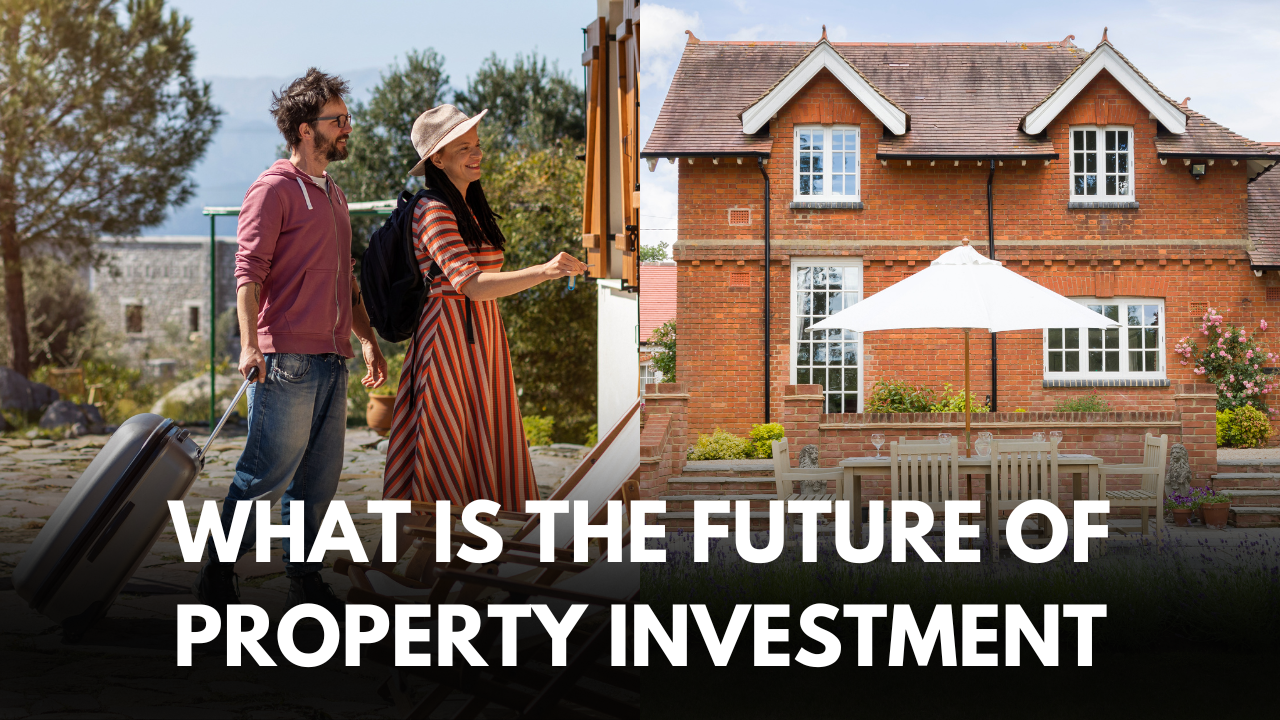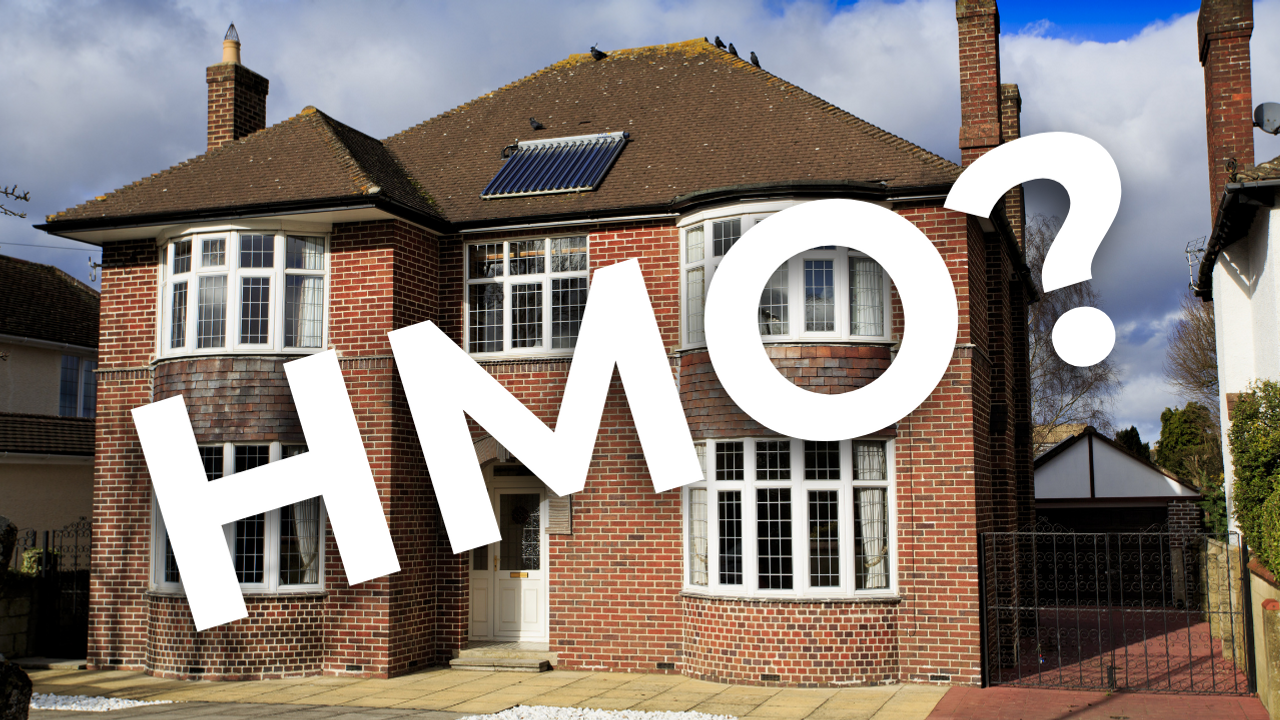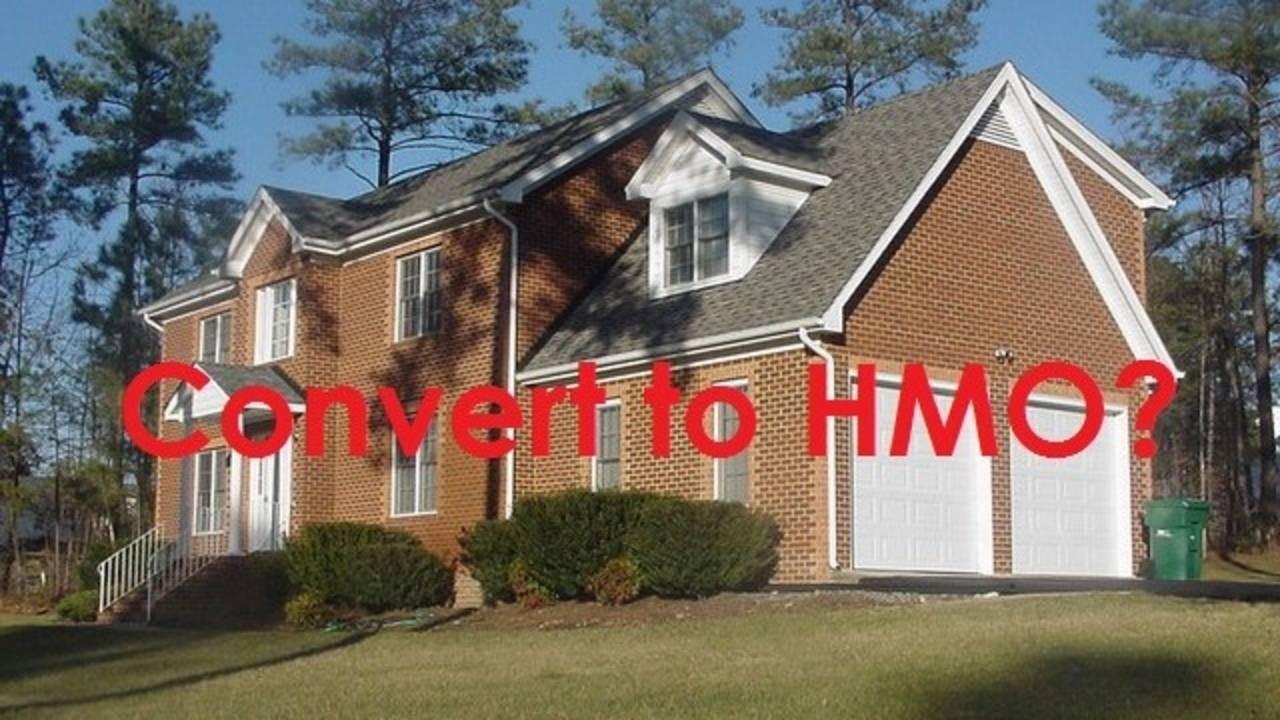Is serviced accommodation the future?

Airbnb has a lot to answer for. The concept of letting a property or even a room in a property to people who need an alternative to a hotel has become an opportunity for investors.
However, there are alternatives to getting rental income as well as serviced accommodation.
Homes of multiple occupancy
If your property is suitable and you know what it needs to get an HMO licence from your local authority, this can be a great way to make a good income. It’s a step beyond a shared house arrangement; most tenants in an HMO will expect locks on the doors to their rooms, an ensuite and at least a kettle – and maybe a microwave – in their rooms.
Clearly an HMO with four tenants is likely to make more income than a four bedroom house let to a single tenant. Getting a BTL mortgage for an HMO will probably require some expert advice from a specialist broker.
The plus is that tenants tend to be long-term, often people who are working a long way from home and use it as their weekday residenc...
HMOs: a great idea or not?

Homes of multiple occupancy (HMOs) have gained traction as an investment strategy over the years and investors often ask my advice about whether they’re a good way to go.
In reality, HMOs would not be my go-to strategy, especially for new investors. To make them work now, you really need to understand the supply/demand ratio in the area where you intend to buy. You need to ensure if there are more people looking for this kind of accommodation than there is available.
Know your tenants
Nobody dreams of sharing a house with a bunch of other unrelated people - they only do so because they either can’t afford their own place or have chosen to pay a lower rent in order to save up for something. Sometimes people who are working away from their main residence area for an extended period may look for an HMO near where they’re working for weekdays.
As soon as the reason for them making that choice is resolved, they move out. This may be when they’ve saved a deposit to buy their own plac...
Financing conversion of an HMO to serviced accommodation

THE QUESTION
I’m seriously considering converting my HMO into serviced accommodation (SA). How easy would it be to refinance it as SA?
THE ANSWER
Buy-to-let (BTL) lenders invariably require a minimum letting term of six months and a maximum of 12 months in the terms and conditions. That makes short-term lets a no-go area for the mainstream lenders.
Commercial lenders see serviced accommodation as in the same category as B&Bs and guest houses as it uses the same business model. These lenders fall into two group:
- Those that are OK with both SA and B&B and are happy to lend
- Those that don’t like SA because the whole building isn’t used for the same purpose i.e. one flat in a block.
Due to the lack of a certain income lenders are nervous about the security of their loan and want some assurance that the income from the property will cover the mortgage payments comfortably.
If you remortgage an HMO lending is straightforward as you have the ASTs and a track record to show the ...
BTL mortgages for HMOs

THE QUESTION
What method of financing do you use to purchase a property to convert to an HMO, before re-financing to an HMO product? I'm being told by a broker it won't be possible to get a mortgage, (not due to the fact the house is not mortgageable, but due to the fact I’ll be carrying out ‘extensive works’) and that I have to use bridging.
Are there any mortgage lenders who will allow you to do works on a property? What are the parameters for this?
Or is bridging my only option?
THE ANSWER
Your broker is correct in so far as no mortgage lender would allow you to do the level of work required to convert a property to an HMO, whilst you had a mortgage with them.
It’s not so much that lenders don’t allow you to do work to improve the property, they do, but converting to an HMO and then filling it with multiple tenants breaches the T&Cs for that type of mortgage, which usually allows only one AST for the property. The result is that they won’t allow you to do the work that lead...
What qualifies a property as an HMO?

HMOs are a typical point where a clash of opinions occurs.
HMOs get valued as commercial properties, but HMOs converted from what was an ordinary residential property, rather than a commercial to residential conversion such as a pub or offices are NOT a commercial property, but a residential property temporarily being used for a commercial purpose.
These are the main differences between actual commercial properties and residential properties converted to HMO.
| Commercial | HMO |
|
|
|
|
|
|
|
HMO or B&B?

Updated HMOs information here
THE QUESTION
I got an HMO which meets full HMO regulations. I'm thinking of making it into a B&B which will certainly generate more income.
I'm going to remortgage ASAP. How do I prove the income as a B&B? Do I need to wait for one year?
THE ANSWER
If you are looking to remortgage, commercial lenders will view an HMO and a B&B completely differently.
With an HMO you have ASTs or licences, this gives the lender comfort of a continuity of income with which to service the mortgage.
With short-term letting (B&B, hotel) you could be full one week, empty the next, so no continuity of income for a lender to assess your ability to service the mortgage.
This means historical occupancy rates are critical to a lender to analyse your ability to service the mortgage. As an absolute minimum, the lender will want several months proof of occupancy percentages, but more than likely will want at least one year plus.
Lenders also prefer relevant business experience ...
BTL Mortgage - and convert to HMO?

THE QUESTION
With regard to mortgages and HMOs if you buy a house using a BTL mortgage, with a no Early Repayment Charge can you then convert the property to an HMO and swap the mortgage over to an HMO mortgage?
THE ANSWER
Great strategy... if you want to get yourself blacklisted by No ERC mortgage lenders!
These lenders get really annoyed at being used as surrogate bridging lenders. They don't offer no ERC mortgages so borrowers can redeem them in 6 months; despite what is taught on property training programs. Looks like I am myth busting again!
If you doubt that, just give them a call and layout your proposal to them and see how keen they are to lend.
If they catch any borrower intentionally using them as a bridging loan, they blacklist them; and usually the broker who submitted the case. The only reason blacklisting is not more prevalent is that these lenders IT systems are not yet sophisticated enough to flag up serial early redeemers.
Every mortgage you take out is shown...
Buying non-standard construction properties

Your question:
A friend of mine has just been offered an HMO in need of some work. There’s probably about £20k in the deal, so it’s probably worth looking at from that point of view. Could be flipped or end up as NMLI.
But…
It’s a Wimpey no-fines house, ie poured concrete construction. I have heard that BM lend on these, but thinking of an exit strategy (immediate or in future) is it wise to go down this route.
If a flip, will buyers be put off by the fact there’s only one potential lender. If buy and hold, is it possible that one lender could re-assess their exposure and pull that product, making it a cash only deal?
What should I tell him?
The answer
I see this regularly… non-standard construction properties where the reduction in price comparable to similar standard construction properties in the area due to its non-standard construction results in a highly attractive yield attracts investors like moths to a flame.
There are several varieties of this type, mostly propertie
...Why HMO’s don’t value up at 10 x income

I can see people are puzzled as to why HMO’s aren’t valued as a simple multiple of income by commercial lenders when commercial properties usually are.
I would suggest it is because there are some fundamental differences between the two…
Commercial
- leases are long, up to 20 years
- lenders take comfort from the lease providing an increased likelihood that the loan will continue to be serviced
- leases are often fully repairing, meaning the tenant is responsible for the upkeep
- leases have built in break clauses and rent reviews
- the value of the property reduces considerably when vacant, in some cases by 50%
- the property has a designated commercial usage with the local council i.e. A1, C1
- the property cannot be used for a domestic dwelling if not occupied by a commercial tenant
- commercial tenants runs a business of whatever sort and can therefore be viewed as generally more financially aware
HMO
- leases are rarely longer than 12 month AST’s
- sometimes licences are used, rath ...




